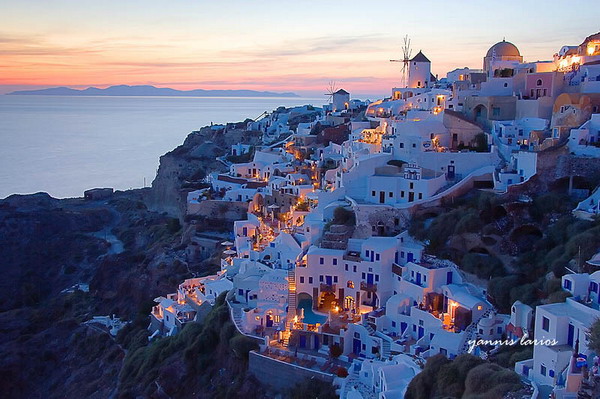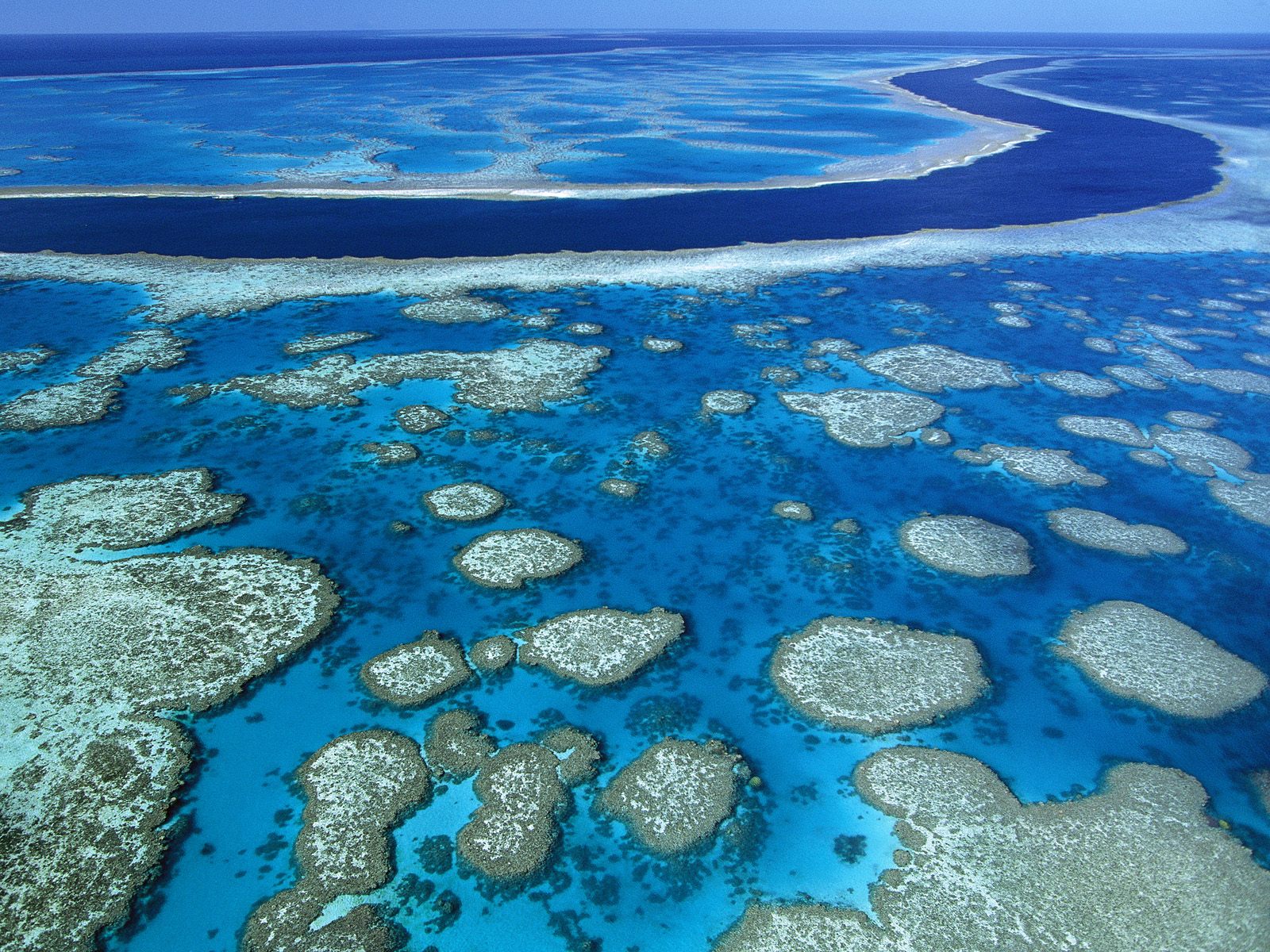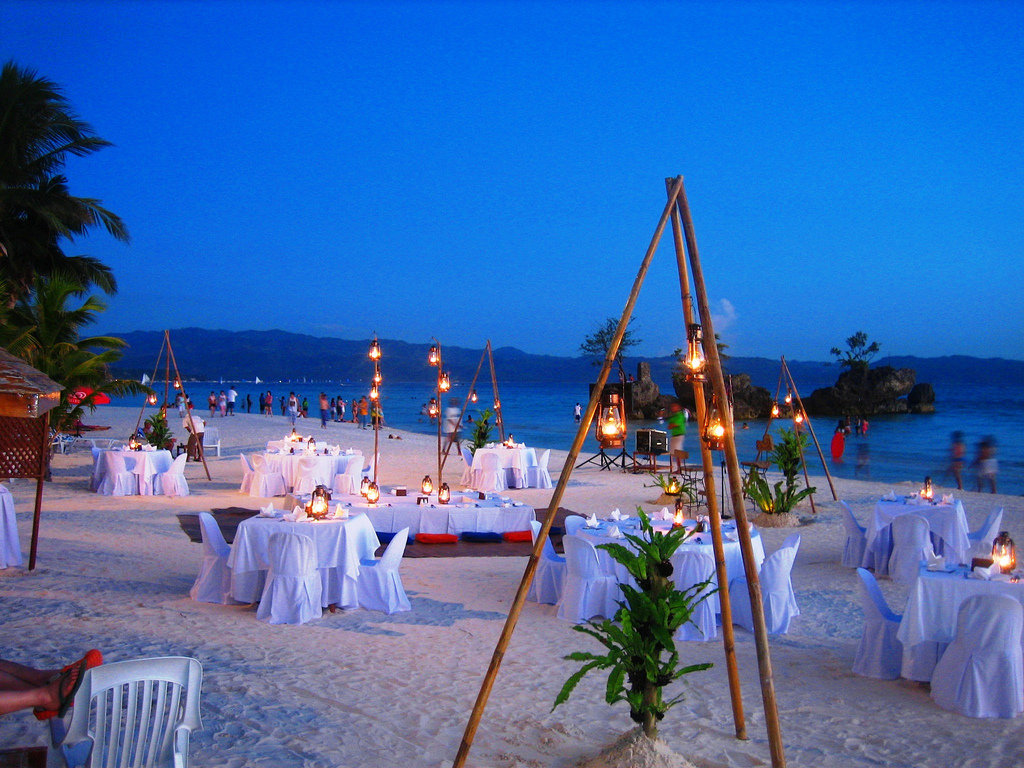10. Vancouver Island, British Columbia
Vancouver Island, located in British Columbia, Canada, is the largest Pacific island east of New Zealand.[nb 1] Originally called Quadra and Vancouver Island after Spanish navigator Juan de la Bodega y Quadra and British navy officer George Vancouver, the island was first explored by British and Spanish expeditions in the late 18th century
9. Sicily, Italy
Sicily has a roughly triangular shape, which earned it the name Trinacria, from Greek treis 'three' and akra 'promontory'.[4] To the east, it is separated from the Italian region of Calabria by the Strait of Messina, about 3 km (1.9 mi) wide in the north, and about 16 km (9.9 mi) in the southern part
8. Big Island, Hawaii
In greatest dimension, the island is 93 miles (150 km) across and has a land area of 4,028 square miles (10,430 km2)[3] comprising 62% of the Hawaiian Islands' land area. Measured from its sea floor base to its highest peak, Mauna Kea is the world's tallest mountain, taller than Mount Everest is above sea level
7. Kauai, Hawaii
Geologically the oldest of the main Hawaiian Islands. With an area of 562.3 square miles (1,456.4 km2), it is the fourth largest of the main islands in the Hawaiian archipelago, and the 21st largest island in the United States.[4] Known also as the "Garden Isle", Kauaʻi lies 105 miles (169 km) across the Kauaʻi Channel, northwest of Oʻahu. This island is the site of Waimea Canyon State Park.
6. Santorini, Greece
The island is the site of one of the largest volcanic eruptions in recorded history: the Minoan eruption (sometimes called the Thera eruption), which occurred some 3600 years ago at the height of the Minoan civilization. The eruption left a large caldera surrounded by volcanic ash deposits hundreds of metres deep and may have led indirectly to the collapse of the Minoan civilization on the island of Crete, 110 km (68 mi) to the south, through a gigantic tsunami. Another popular theory holds that the Thera eruption is the source of the legend of Atlantis

5. Great Barrier Reef Islands, Australia
The Great Barrier Reef is the world's largest coral reef system composed of over 2,900 individual reefs and 900 islands stretching for over 2,600 kilometres (1,600 mi) over an area of approximately 344,400 square kilometres (133,000 sq mi). The reef is located in the Coral Sea, off the coast of Queensland, Australia.

4. Maui, Hawaii
The island experienced rapid population growth through 2007, when Kīhei was one of the most rapidly growing towns in the United States (see chart, below). The island attracted many retirees and many others came to provide services to them and to the rapidly increasing number of tourists. Population growth produced its usual strains, including traffic congestion, housing affordability, and access to water.
3. Galápagos, Ecuador
The Galápagos Islands is one of the few places in the world without an indigenous population. The largest ethnic group is composed of Ecuadorian Mestizos, the mixed descendants of Spanish colonists and indigenous Native Americans, who arrived mainly in the last century from the continental part of Ecuador. There is also a large number of whites, mostly of Spanish descent. Some descendants of the early European and American colonists on the islands also still remain on the islands.

2. Bali, Indonesia
The island of Bali lies 3.2 km (2 mi) east of Java, and is approximately 8 degrees south of the equator. Bali and Java are separated by the Bali Strait. East to west, the island is approximately 153 km (95 mi) wide and spans approximately 112 km (69 mi) north to south; its land area is 5,632 km².
1. Boracay, Philippines
Boracay Island is located off the northwest corner of Panay Island, and belongs to the Western Visayas island-group, or Region VI, of the Philippines. The island is approximately seven kilometers long, dog-bone shaped with the narrowest spot being less than one kilometer wide, and has a total land area of 10.32 square kilometers.

View the complete list at Travelandleisure.com